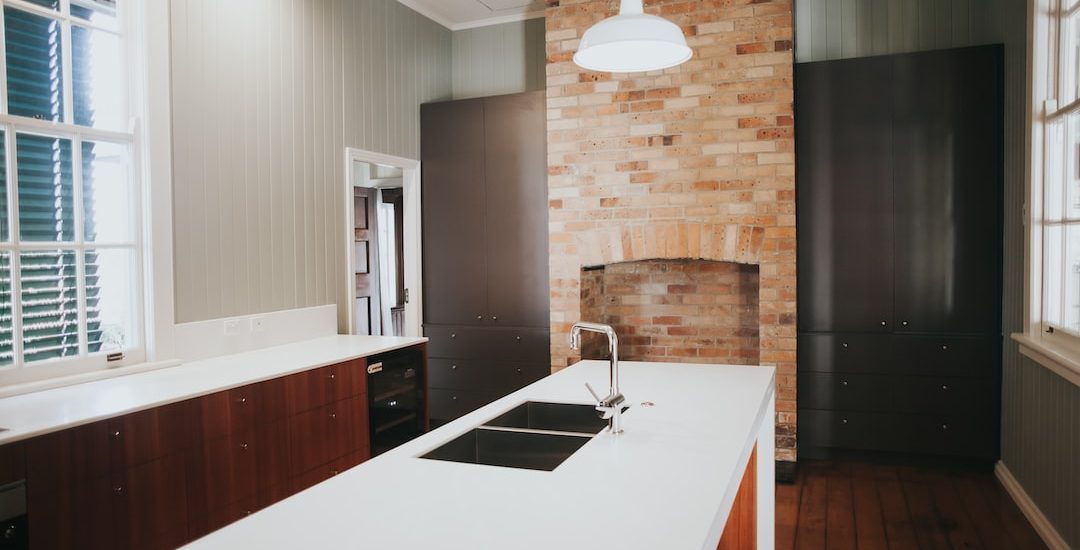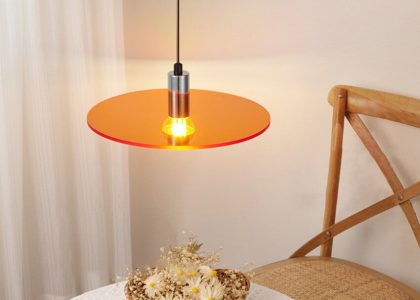Modern kitchen design has become increasingly popular in recent years, with homeowners seeking sleek and functional spaces that reflect their personal style. Lighting plays a crucial role in modern kitchen design, as it not only enhances the overall aesthetic but also contributes to the functionality and safety of the space. From task lighting to accent lighting, there are various techniques and fixtures that can be used to create a well-lit and visually appealing kitchen.
Understanding the Importance of Proper Lighting in Kitchen Spaces
Proper lighting is essential in kitchen spaces for several reasons. Firstly, it ensures safety by providing adequate illumination for tasks such as chopping vegetables or cooking on the stove. Insufficient lighting can lead to accidents and injuries in the kitchen. Secondly, proper lighting enhances functionality by illuminating work areas and making it easier to navigate the space. Whether you’re preparing meals or cleaning up, having sufficient light in the right places can make these tasks much more efficient. Lastly, lighting also contributes to the overall aesthetics of the kitchen. Well-placed fixtures can highlight architectural features, create a warm and inviting ambiance, and showcase decorative elements.
Types of Lighting Fixtures for Modern Kitchen Design
There are several types of lighting fixtures that can be used in modern kitchen design to achieve different effects. Recessed lighting is a popular choice as it provides a clean and minimalist look. These fixtures are installed into the ceiling and provide general illumination throughout the space. Pendant lighting is another option that adds a touch of elegance and style to the kitchen. These fixtures hang from the ceiling and can be used to illuminate specific areas such as a kitchen island or dining table. Under-cabinet lighting is also commonly used in modern kitchens as it provides task lighting for food preparation areas. These fixtures are installed underneath cabinets and provide direct light onto countertops.
Choosing the Right Light Bulbs for Your Kitchen Space
Choosing the right light bulbs for your kitchen space is essential to achieve the desired lighting effect. When selecting light bulbs, consider factors such as brightness, color temperature, and energy efficiency. Brightness is measured in lumens, and it’s important to choose bulbs that provide sufficient illumination for the tasks performed in the kitchen. Color temperature refers to the warmth or coolness of the light emitted by the bulb. For a warm and cozy ambiance, opt for bulbs with a lower color temperature (around 2700K). For a brighter and more energizing atmosphere, choose bulbs with a higher color temperature (around 5000K). Lastly, energy efficiency is an important consideration to reduce energy consumption and lower electricity bills. LED bulbs are a popular choice as they are highly energy-efficient and have a long lifespan.
Layering Your Lighting for Optimal Functionality and Aesthetics
Layering different types of lighting is a technique used in modern kitchen design to create a more functional and aesthetically pleasing space. By combining ambient lighting, task lighting, and accent lighting, you can achieve a well-balanced and versatile lighting scheme. Ambient lighting provides overall illumination and can be achieved through recessed lighting or pendant lights. Task lighting focuses on specific work areas such as countertops or stovetops and can be achieved through under-cabinet lighting or adjustable track lighting. Accent lighting is used to highlight architectural features or decorative elements in the kitchen, such as a backsplash or a kitchen island. By layering these different types of lighting, you can create depth and dimension in your kitchen space.
Incorporating Natural Light into Your Kitchen Design

Incorporating natural light into your kitchen design is not only aesthetically pleasing but also has several benefits. Natural light creates a sense of openness and spaciousness in the kitchen, making it feel more inviting and comfortable. It also provides a healthier environment by reducing the reliance on artificial lighting during the day. There are several ways to incorporate natural light into your kitchen design. Adding windows is a common option, as it allows natural light to flood the space. Skylights are another option, especially in kitchens with limited wall space. They bring in natural light from above and can create a dramatic effect. Glass doors are also a great way to introduce natural light into the kitchen while maintaining privacy.
Creative Ways to Highlight Your Kitchen’s Unique Features with Lighting
Lighting can be used creatively to highlight unique features in your kitchen and draw attention to specific areas or elements. For example, if you have a beautiful backsplash, you can install under-cabinet lighting to illuminate it and make it a focal point in the kitchen. Similarly, if you have a kitchen island, pendant lights can be used to highlight its presence and create a visual impact. Another creative way to use lighting is by installing LED strips underneath floating shelves or cabinets to create a soft and subtle glow. By strategically placing lighting fixtures, you can showcase the unique features of your kitchen and add visual interest to the space.
Maximizing Energy Efficiency with Your Kitchen Lighting
Maximizing energy efficiency with your kitchen lighting is not only environmentally friendly but also helps reduce electricity bills. One of the most effective ways to achieve energy efficiency is by using LED bulbs. LED bulbs are highly energy-efficient and consume significantly less electricity compared to traditional incandescent bulbs. They also have a longer lifespan, which means fewer replacements and less waste. Another way to maximize energy efficiency is by installing dimmer switches. Dimmers allow you to adjust the brightness of your lighting according to your needs, reducing energy consumption when full brightness is not required. Additionally, consider using motion sensors or timers for certain areas such as pantries or closets, so lights are only on when needed.
Tips for Maintaining Your Kitchen Lighting Fixtures
Proper maintenance of your kitchen lighting fixtures is important to ensure they function optimally and last for a long time. Regular cleaning is essential to remove dust and dirt that can accumulate on the fixtures and affect their performance. Use a soft cloth or a duster to gently wipe the surfaces of the fixtures. Avoid using harsh chemicals or abrasive materials that can damage the fixtures. Additionally, it’s important to replace bulbs as needed. Over time, bulbs can become dim or burn out completely, so it’s important to check them regularly and replace them when necessary. Lastly, if you notice any issues with your lighting fixtures such as flickering or buzzing, it’s best to consult a professional electrician to address the problem.
Finding Inspiration for Your Modern Kitchen Lighting Design
Finding inspiration for your modern kitchen lighting design can be an exciting process. There are several resources available that can help you explore different ideas and styles. Online resources such as design websites, blogs, and social media platforms like Pinterest and Instagram are great places to start. These platforms allow you to browse through a wide range of kitchen designs and lighting ideas, and you can save your favorite images for future reference. Design magazines are another valuable resource as they often feature stunning kitchen designs and provide in-depth articles on lighting techniques. Additionally, visiting showrooms or attending home design expos can give you a firsthand look at different lighting fixtures and how they can be incorporated into your kitchen design.



